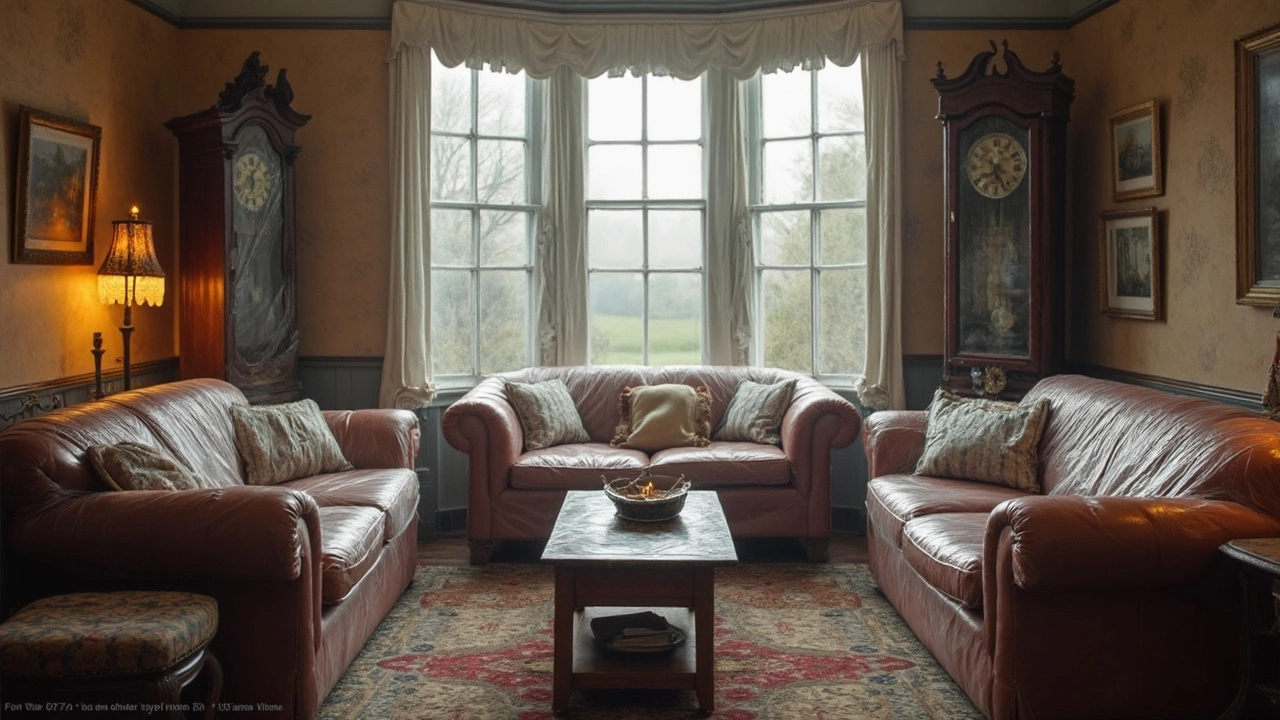When it comes to storing or moving furniture, shrink wrapping might just be the game-changer you need. This method promises to keep your items safe from dust, moisture, and even pests. But, is it really worth the effort and cost? Discover the pros and cons, and learn how this technique might just be the key to preserving your furniture's beauty and longevity.
Moving Furniture: Simple Steps to Do It Right
Got a couch, a table or a wardrobe that needs a new spot? Moving furniture can feel like a chore, but with a few smart moves you can make it easy and keep everything intact. Below are practical tips you can start using right now.
Plan and Prep Before You Lift
First, measure the piece and the doorway. Knowing the exact dimensions saves you from getting stuck halfway through a hallway. If the item is bigger than the door, try turning it sideways or removing legs if possible. Clear the path of rugs, toys and loose cords – a clear floor reduces trips and scratches.
Next, gather the right tools. A moving blanket, a rubber dolly, and a pair of sturdy gloves are usually enough. For heavier items, a furniture strap or a simple rope can give you extra grip. Having everything ready means you won’t waste time searching for a screwdriver mid‑move.
Protect and Pack for Safe Transport
Wrap the furniture in a moving blanket or old sheets. Secure the wrap with packing tape or a stretch band. This layer absorbs bumps and prevents scratches. For glass surfaces, add bubble wrap or newspaper between the blanket and the glass.
When you load the piece onto a dolly, keep it upright. Tilting can damage frames and cause the load to shift. If you’re using a truck, stack the heaviest items on the bottom and lighter ones on top. Fill any gaps with blankets or pillows – they act as cushions and keep things from moving around.Finally, label each wrapped item with the room it belongs to. This helps the crew (or you) place it in the right spot without extra lifting later.
Moving furniture doesn’t have to be a nightmare. A quick plan, the right tools, and a bit of padding go a long way. Follow these steps and you’ll get your home looking exactly how you want, with minimal strain and no damage.
